Inspired by conversations on the Food52 Hotline, we're sharing tips and tricks that make navigating all of our kitchens easier and more fun.
Today: Jessica Goldman Fung, a.k.a Sodium Girl, shows us how to not set your kitchen on fire, plus six more tips for avoiding kitchen disasters.

We’ve all experienced dramatic quinoa spills, dropped Thanksgiving turkeys, and the “great pine nut fire” of 2010. And by we, I mean me. Which is why, today, I want to chat about common cooking mistakes and ways to prevent them -- beyond the five second rule, and before the fire department.
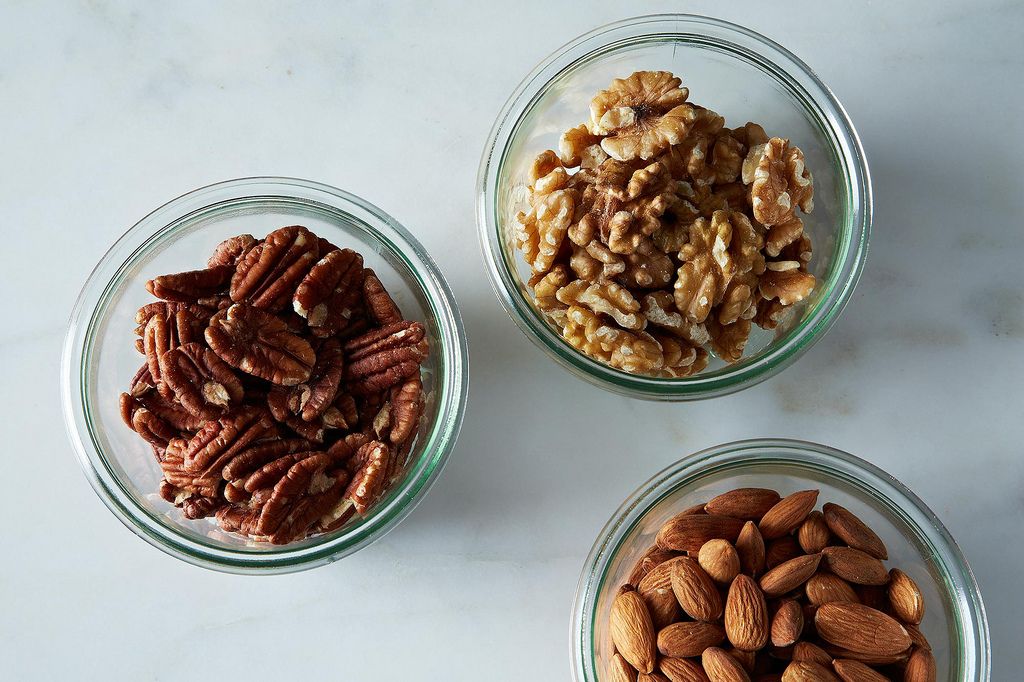
Nuts, Parchment Paper, and The Broiler
Only you can prevent oven fires. And the easiest ways to do that is to make sure to keep flammable items and ingredients far away from the broiler -- especially parchment paper. But if you do decide to roast nuts in the oven, use this video from Mario Batali and keep a close watch. Or go the safest route and toast them in a dry, hot pan.
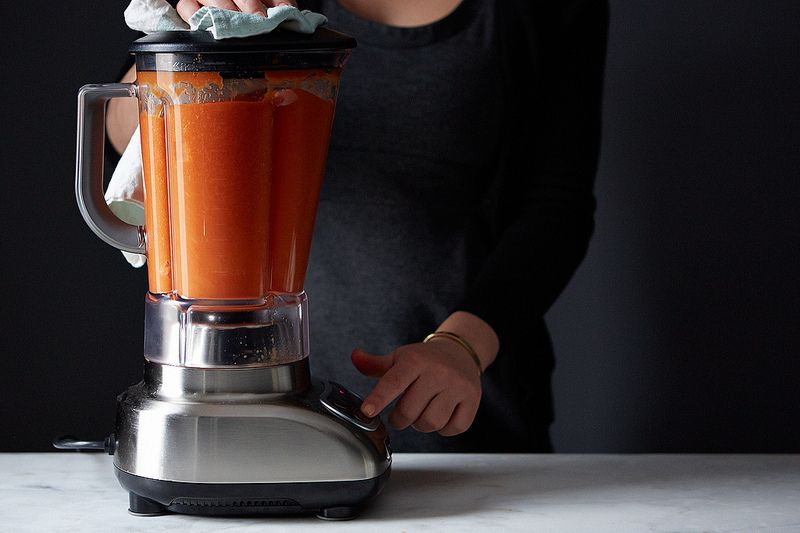
Blenders, Food Processors, and Missing Tops
Whether you’ve had too little coffee or too many misplaced parts, just remember that a topless, spinning machine means a coating of “natural paint” on the walls, floor, ceiling, and yes, you. So take the time to put on a top (or get some new gadgets). And if you’re in a pinch, use a tight-fitting kitchen towel to keep all the ingredients inside the ride. If you're blending something hot -- like a soup -- make sure to let it cool a bit before putting it in the blender; if not, the top can pop off while it's whirring.
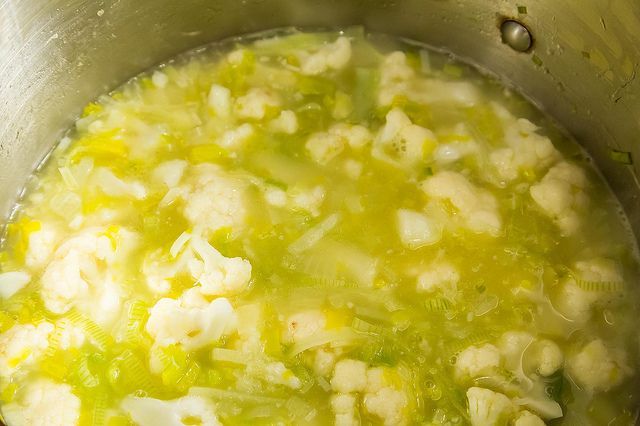
Vegetables and Too Much Time in the Pot
We know that a watched pot never boils. But an unwatched pot makes extremely soft vegetables. Which means it's either time to start using that timer (I just use the one on my phone). Or transform those mushy peas, butternuts, and cauliflower into a quick and aromatic soup or hummus. Bonus: Half the cooking is already done.
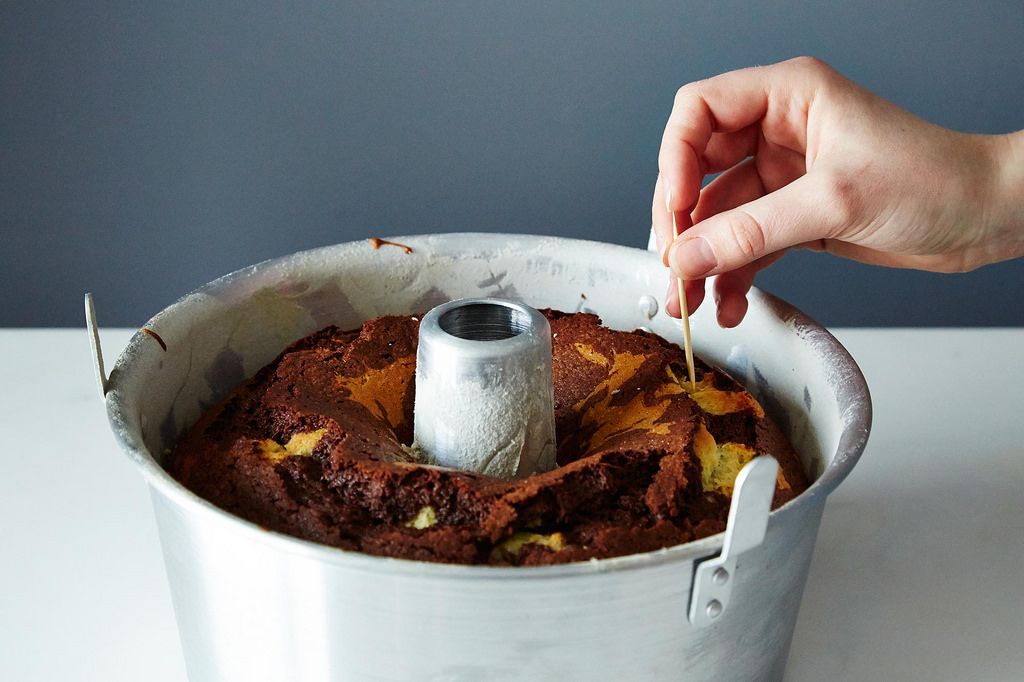
Cookies, Cakes, and Unfollowed Directions
If you’re like me, you don’t always have all the right ingredients (which is, of course, a big problem when it comes to baking). So for those times when you throw caution and use orange juice in place of eggs -- or forget to butter or line your pan -- don’t be surprised that your cookies and chocolate cakes don’t rise, stick together, or look like they are supposed to. But don’t fret either. Because when baking fails strike, simply rename the recipe (cookies are now cookie crumbs) and turn those deconstructed baked goods into an ice cream topping, a pie crust, a trifle, a parfait, or a sweet mix-in for an afternoon yogurt snack.
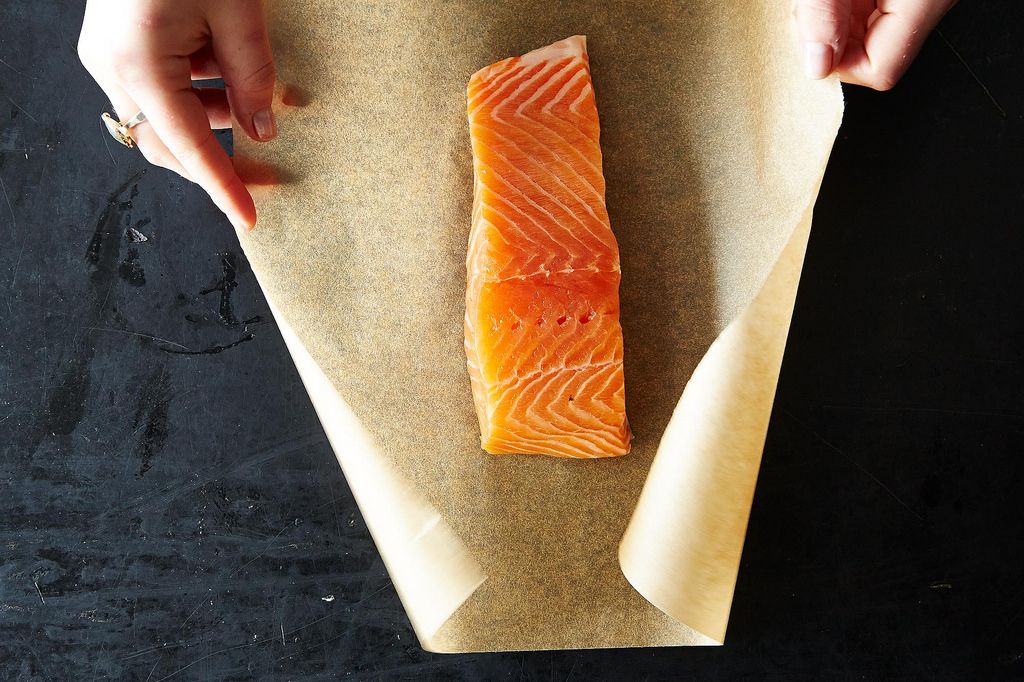
Fish En Papillote and Unpleasant Tastes
I learned this lesson the hard way: Tin foil plus acid equals inedible. So when making fish en papillote, use parchment paper (but don’t broil it; see above). Or, if using tin foil, be sure to omit ingredients like vinegar, tomatoes, white wine, and citrus.

Glass Dishes and Ovens; Foil and Microwaves
Not all glass dishes are equal, and not all containers may safely enter the microwave. Which is why it’s important to always check that your chosen vessel belongs in your chosen cooking implement. And know which items should never go in a microwave: foil, plastic, styrofoam, take out containers, and marshmallows. Now go make clarified butter.
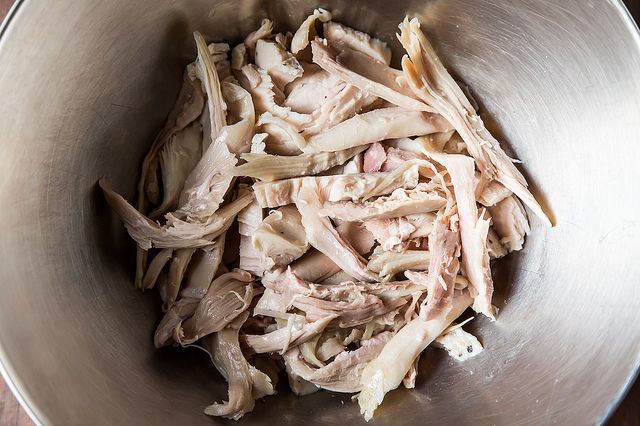
Overdone Meat
The solution is simple: Cover up the mistake and don't tell anyone your original intentions. Good alibis include cutting up dry chicken or beef into smaller pieces and turning it into a pasta sauce, taco filling, or a casserole. Or, if things get burned, just put a sauce on it -- it will help cancel out any charred taste and dry texture. Which is what you were going for all along.
What are your kitchen disaster stories? Let us know in the comments!









See what other Food52 readers are saying.